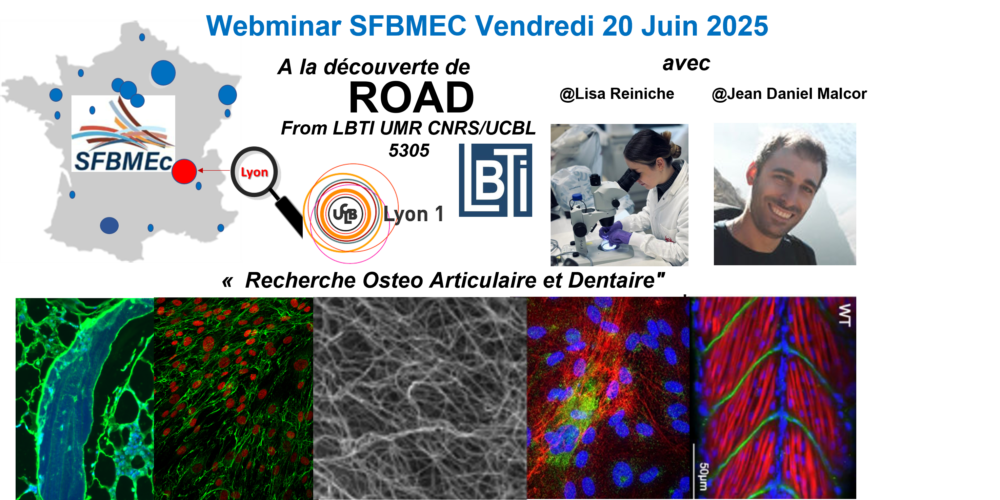Clair Baldock by SINGER-POLIGNAC
Structural Studies on BMP Regulators
Clair Baldock
The bone morphogenetic proteins (BMPs) are powerful growth factor signalling molecules in the extracellular matrix. BMPs play important roles at multiple stages of skeletal development, from early patterning to regulation of chondrocyte proliferation and maturation in the growth plate. Extracellular regulation of BMPs is essential for correct development and is of therapeutic interest in relation to a broad range of pathologies including cancer, vascular disease and arthritis. Large extracellular proteins form inhibitory complexes with BMPs, thereby preventing receptor activation but the molecular details of these complexes are unknown. One such regulator, chordin, acts by binding to BMPs thereby preventing their association with BMP receptors on the cell surface. The chordin-BMP inhibitory complex is cleaved by the tolloid family of proteinases which have important roles in tissue assembly and developmental patterning, two fundamental processes in mammalian biology. They also process a diverse range of extracellular protein precursors instigating assembly or activation, in addition to releasing growth factors from inhibitory complexes regulating signalling important for developmental processes such as dorsal-ventral patterning. Using a combination of single particle electron microscopy, small angle X-ray scattering and other biophysical measurements in solution, we have analysed the nanoscale structures of tolloid proteinase family members and their substrate chordin. We show that TLL-1 and mTLD, but not BMP-1, form calcium-ion dependent dimers under physiological conditions and based on a combination of structural and functional data, we propose that TLD activity is regulated by a substrate exclusion mechanism. We also present a model for chordin showing a horseshoe-like structure which may serve to bring the BMP-binding domains into close proximity for optimal growth factor binding. Additionally, chordin exists in a state of dynamic equilibrium between monomer and end-to-end dimer under physiological conditions. Together these results provide a mechanistic insight into BMP regulation by chordin and tolloids, and have broad implications for regulation of growth factor signaling and tissue assembly.
